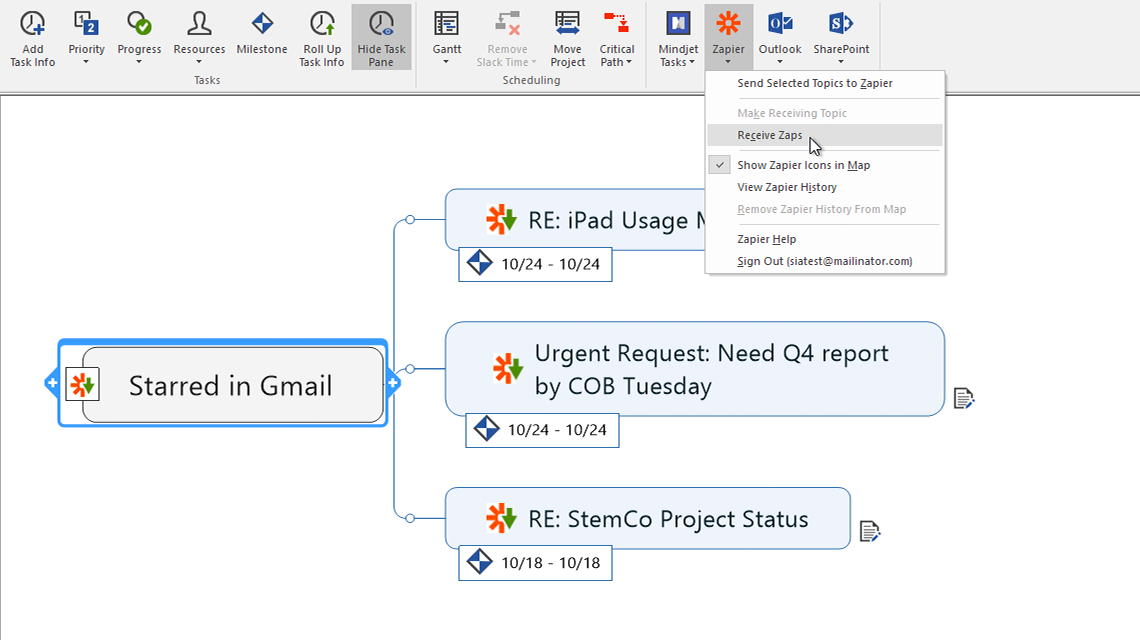

HOW TO LOGIN TO THEBRAIN 9 BETA SOFTWARE
We want to get that user interface “friction” down to zero so the software just disappears as much as possible. Any time you spend trying to figure out how the technology works or waiting for it to do something is a distraction. When you’re trying to capture an idea or organize your stuff you want to be able to concentrate all of your energy on just that. They both serve to make the technology as invisible as possible.
Speed and ease-of-use are really two sides of the same coin. Additionally, we were able to improve the robustness of the sync process so that keeping multiple redundant copies of everything is a piece of cake. As a result, we chose a database and storage architecture that is proven and time-tested. People put their trust into TheBrain as a platform for storing their most important information and it really doesn’t matter how sexy or cool it is if you are worried if your information is safe. We knew from the outset that reliability is the foundation that everything else depends on. We focused on three things for TheBrain 9: reliability, speed, and ease-of-use.

doi: 10.1212/ were the key driving factors behind TheBrain 9′s development? High-precision plasma β-amyloid 42/40 predicts current and future brain amyloidosis. These activities relate to NIA’s AD+ADRD Research Implementation Milestone 9.F, "Initiate studies to develop minimally invasive biomarkers for detection of cerebral amyloidosis, AD and AD-related dementias pathophysiology." After more development and validation, this blood test method may help researchers to quickly screen people for eligibility in Alzheimer’s studies. Ideally, future studies would use tissue samples from postmortem brains rather than the less sensitive images of plaques from PET scans to assess the relationship between the ratio of beta-amyloid 42 and beta-amyloid 40 and amyloid plaques in the brain. The authors note that studies are already in progress to further evaluate this method with people who have symptoms of Alzheimer’s disease. By adding age and APOE genetic status to the blood test results, the model was significantly better at predicting which people would have amyloid detected by PET scans. The researchers then added other factors to their statistical model to help predict which people would have amyloid deposits with PET imaging. The researchers found that the ratio of beta-amyloid 42 and beta-amyloid 40 in blood was associated with the detection of amyloid by PET scans and cerebrospinal fluid tests. Next, the researchers analyzed the blood of 158 adults (average age, 66), most without dementia symptoms, using their sensitive method, and evaluated them with positron emission tomography (PET) imaging and cerebrospinal fluid tests. Previous studies have suggested that the ratio of these two forms of beta-amyloid may correspond with amyloid in the brain. Using a technique called immunoprecipitation mass spectrometry, the research team developed a precise method for quantifying how much beta-amyloid 42 and beta-amyloid 40 are in a sample of blood. The researchers are validating the method by showing an association between blood levels of amyloid and results from conventional biomarker tests for Alzheimer’s. 1 in Neurology for their method of detecting amyloid protein in blood. NIA-supported researchers at Washington University in St. A number of research projects are underway to develop a sensitive blood test that could help screen people for Alzheimer’s disease in a less invasive and costly way than current imaging and biomarker tests.


 0 kommentar(er)
0 kommentar(er)
